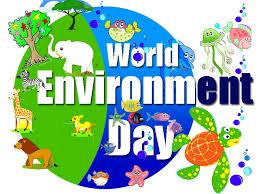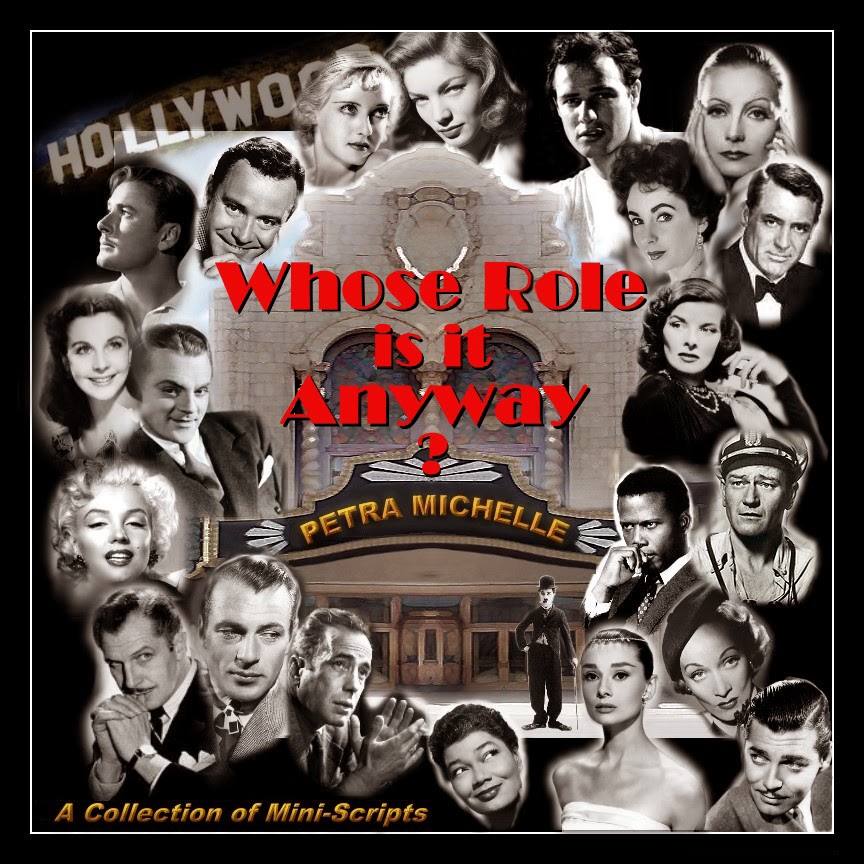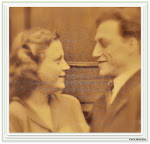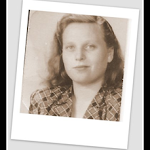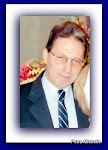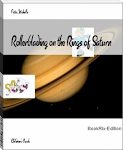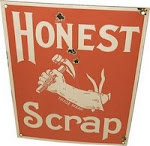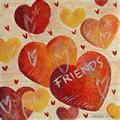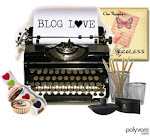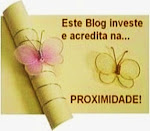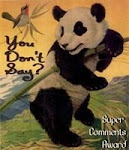The MTA has hired one of the world's most renowned transit experts to be the new president of New York City Transit.
English-born, Andy Byford who has managed rapid transit systems on three continents, is now tasked with bringing Gotham's subways, buses, and paratransit services into the 21st century. The announcement comes on Tuesday, just days after The Times published a scathing expose detailing how short-sighted decisions by politicians and transit leaders have allowed the city's subway system to fall into disrepair.
"We are thrilled that Andy is going to lead NYC Transit during this time of great change," MTA chairman Joseph Lhota said in a statement. "Our transit system is the backbone of the world's greatest city, and having someone of (Byford's) caliber to lead it will help immensely, particularly when it comes to implementing the Subway Action Plan that we launched this summer."
That Subway Action Plan will cost upward of $800 million, and Governor Andrew Cuomo and Mayor Bill de Blasio are still quibbling where the bulk of that funding will come from. The plan is broken up into two phases: The first aims to address "the key drivers of 79% of major incidents on the subway"; the second is more vague but promises to incorporate winning ideas from this summer's MTA's Genius Transit Challenge, where Byford was a panel member.
Byford's job will not only require him to oversee implementation of actionable fixes for the subway and managing nearly 50,000 NYC Transit employees but also to navigate the personalities, interests, and politics that surround the nation's largest rapid transit network.
But that task is nothing new for Byford. He's a 14-year veteran of the London Underground, where he became the general manager of three of the network's busiest lines. He then went on to be the Chief Operating Officer of Sydney's transit system. He comes to New York from Toronto where he spent 5 years as CEO of the Toronto Transit Commission (TCC). During his time there, the city's subway system saw reductions in delays and record-high customer
satisfaction. His work garnered the attention of the American Public Transportation Association which named the TCC the Outstanding Transit System of the Year for 2017.
"New York City's public transit system has driven New York City to become the bustling, successful metropolis that it is, and it's an honor to be trusted with the huge responsibility to modernize the system and bring it to the high levels of performance and customer service that New Yorkers truly deserve and rightfully expect," Byford said. "I look forward to working with my new colleagues and all the employees of New York City Transit and the MTA, and, most importantly, our customers."
Byford's hiring hopes to be a major step towards re-establishing New York City's subway as one of the best in the world. Expectations are high, and New Yorkers are a notoriously unforgiving bunch. But if he manages to pull it off, Byford will be a name worth remembering for decades to come.

